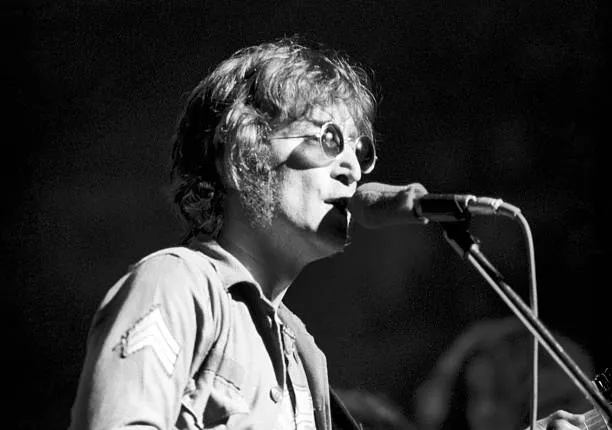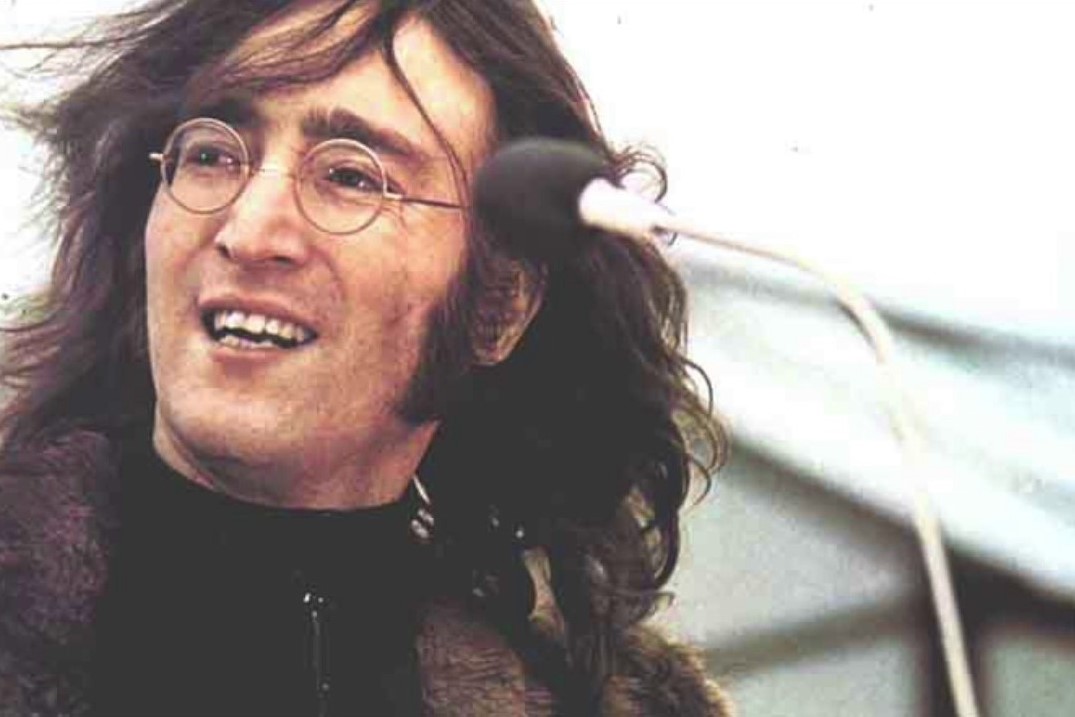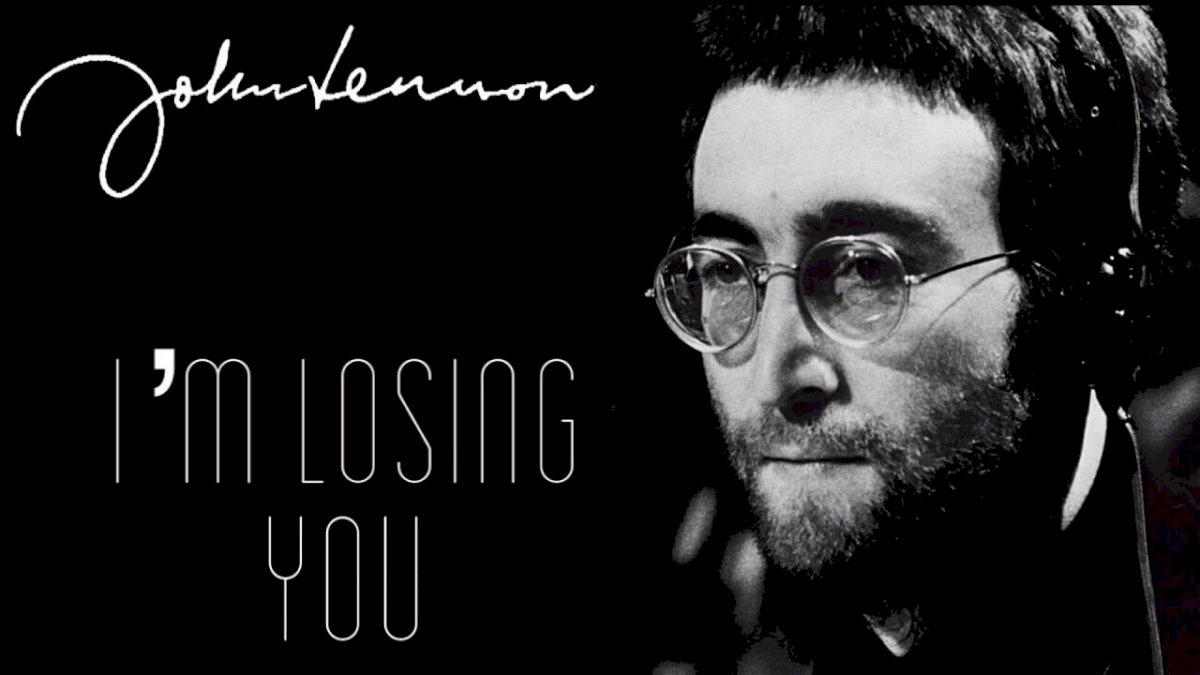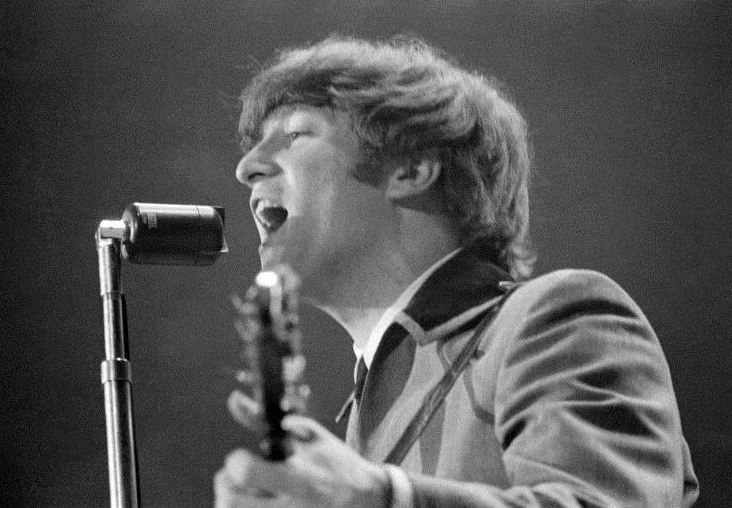The night of March 25, 1969, witnessed a remarkable and symbolic event in the lives of John Lennon and Yoko Ono. It was a night that would resonate throughout history, capturing the attention of the world and forever altering the perception of art and activism. As they lay in their bed in the Presidential Suite of the Hilton Hotel in Amsterdam, John Lennon and Yoko Ono embarked on a unique and deeply personal protest for peace.
(Scroll down for more photos)
The late 1960s were a time of social and political upheaval, with protests against the Vietnam War and calls for civil rights sweeping across the globe. Against this backdrop, John Lennon and Yoko Ono emerged as outspoken advocates for peace and equality. Their activism was grounded in a belief in the power of art to effect social change and promote unity among humanity.

The concept of the "Bed-In for Peace" was conceived by John Lennon and Yoko Ono as a non-violent protest against war and conflict. Inspired by their marriage ceremony earlier that month, which had been followed by a "Bed-In" at the Hilton Hotel in Amsterdam, the couple decided to extend the event as a form of peaceful protest.
The idea was simple yet radical: instead of taking to the streets with signs and slogans, Lennon and Ono would remain in bed, inviting the media and the public to join them in a conversation about peace. Their hope was to draw attention to the absurdity of war and to inspire others to embrace love and understanding as the path to peace.

The choice of the Hilton Hotel in Amsterdam for the Bed-In was deliberate. As one of the most prestigious hotels in the city, the Hilton provided a platform for Lennon and Ono to reach a global audience and attract media attention. The Presidential Suite, with its luxurious furnishings and panoramic views of the city, served as the backdrop for their protest.
As Lennon and Ono settled into their bed in the Presidential Suite, they were surrounded by a flurry of activity. Reporters, photographers, and curious onlookers crowded into the room, eager to witness the spectacle and capture the moment for posterity. Despite the chaos, Lennon and Ono remained focused on their message of peace, using their platform to spread a message of love and unity to the world.

The Bed-In for Peace quickly became a media sensation, with journalists from around the world clamoring for interviews and access to Lennon and Ono. The couple used the opportunity to engage in candid conversations about their beliefs and aspirations for a better world. They spoke eloquently about the need for compassion, understanding, and cooperation in the face of violence and injustice.
The media coverage of the Bed-In reached millions of people, sparking conversations about peace and activism in living rooms and boardrooms across the globe. Lennon and Ono's message resonated with a generation hungry for change, inspiring countless individuals to take action in their own communities and advocate for a more peaceful and equitable world.

The Bed-In for Peace may have been a brief and unconventional protest, but its impact has endured for decades. Lennon and Ono's commitment to non-violent activism and their willingness to use their platform for social change inspired a generation of artists, activists, and ordinary citizens to speak out against injustice and work towards a more peaceful world.
Moreover, the Bed-In for Peace demonstrated the power of art and creativity as tools for activism. By turning their protest into a performance, Lennon and Ono transcended traditional boundaries and engaged people in a way that was both profound and memorable. Their willingness to challenge the status quo and think outside the box paved the way for new forms of protest and expression in the years to come.

In conclusion, the night of March 25, 1969, when John Lennon and Yoko Ono lay in their bed in the Presidential Suite of the Hilton Hotel in Amsterdam, marked a pivotal moment in the history of activism and art. Through their Bed-In for Peace, Lennon and Ono not only captured the attention of the world but also inspired a generation to dream of a better, more peaceful future. As we reflect on their legacy, we are reminded of the power of love, compassion, and creativity to transform the world around us.
PHOTO GALLERY
-1713238581-q80.webp)
-1713238582-q80.webp)
-1713238583-q80.webp)
-1713238583-q80.webp)
-1713238584-q80.webp)
-1713238585-q80.webp)
-1713238586-q80.webp)
-1713238587-q80.webp)
-1713238587-q80.webp)
-1713238588-q80.webp)
-1713238589-q80.webp)
-1713238589-q80.webp)
-1713238591-q80.webp)
-1713238591-q80.webp)
-1713238592-q80.webp)
-1713238593-q80.webp)
-1713238594-q80.webp)
-1713238595-q80.webp)
-1713238595-q80.webp)
-1713238596-q80.webp)
-1713238596-q80.webp)
-1713238597-q80.webp)
-1713238598-q80.webp)
-1713238598-q80.webp)
-1713238600-q80.webp)
-1713238601-q80.webp)
-1713238601-q80.webp)
-1713238602-q80.webp)
-1713238603-q80.webp)
-1713238603-q80.webp)



